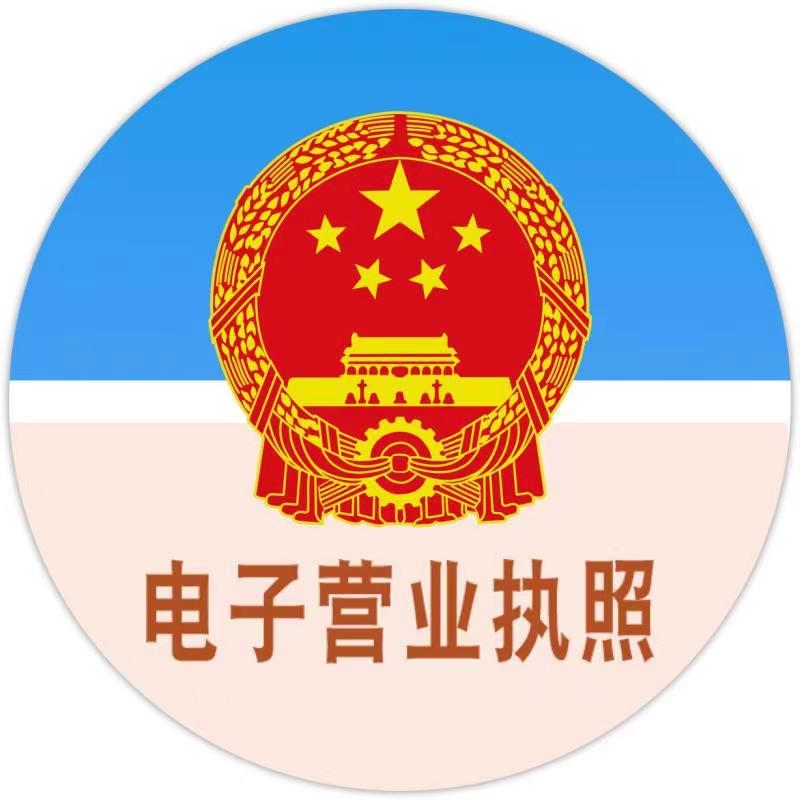Industry news
Russian expert: Water released into Pacific Ocean from Fukus
release time:2023-03-26
Sergei Mukhametov, a senior lecturer at the Department of Oceanography at Russia's Moscow State Lomonosov University, told Sputnik news agency that if Japan releases "low-level contaminated water" accumulated after the Fukushima Daiichi nuclear power plant accident into the Pacific Ocean, most of it will first reach Alaska and then the west coast of Canada and the United States. Earlier, the presidents of China and Russia issued a joint statement after talks in Moscow, expressing "serious concern" over Japan's plan to release radioactive water contaminated by the Fukushima nuclear power plant accident into the ocean this year. "Americans need to be more worried: Most of the water will reach Alaska and the west coast of the United States and Canada," Mukhametov said. Later, some of the low-level radioactive water will 'unfold' counterclockwise, extending along the Aleutian Islands and reaching Kamchatka, but during this time it will be heavily 'diluted' by Pacific waters and the concentration of the low-level radioactive water will be reduced." Experts warn that "low-level contaminated water" from the Fukushima plant contains tritium, a radioactive isotope of hydrogen, which has a half-life of about 12 years. If Fukushima wastewater is released, tritium could get into people who regularly eat Pacific fish and other Marine life. People who ingest large amounts of it can develop health problems. A commission from the International Atomic Energy Agency visited the plant last year and gave an initial positive assessment of Japan's preparations for the release of contaminated water into the sea. On January 13, 2023, a Japanese government panel decided to postpone from spring to summer plans to release low-level radioactive waste water from the Fukushima Daiichi nuclear power plant into the sea. During the 2011 accident at the Fukushima Daiichi plant, nuclear fuel assemblies at reactors 1, 2 and 3 melted down. Water contaminated with radioactive materials used to cool the reactor is passed through a multistage system called ALPS to remove 62 radionuclides, except tritium. Tritium is a radioactive isotope of hydrogen, also known as "superheavy hydrogen" or 3H, which makes it difficult to remove from water. Tritium occurs naturally and has a limited effect on the human body due to weak beta radiation, but it is dangerous to enter the body. Purified nuclear water, which removes radionuclides except tritium, is currently stored in large water storage tanks at the plant. About 140 tons of contaminated water are being added to the tanks every day. About 1,000 large water storage tanks have been installed at the plant, but nearly 90 percent of its 1.37 million ton capacity is filled. Japan has been considering nuclear wastewater treatment options since 2013, including burying it in the ground with cement or separating hydrogen by electrolysis. Eventually, the government decided to dilute the wastewater to 1,500 becquerels per liter before releasing it into the sea, 1/40 of the national standard of 60,000 becquerels of tritium activity per liter of water. According to Japan's Ministry of Economy, Trade and Industry, the total amount of tritium stored in nuclear-contaminated water at the Fukushima Daiichi plant is about 860 trillion becquerels. Before the accident, the plant was releasing 2.2 trillion becquerels of tritium into the sea every year.
 Service Hotline:133-9305-7858,If you are interested or in doubt, please call!
Service Hotline:133-9305-7858,If you are interested or in doubt, please call!
YuHe Technology - dedicated to serve you!
Keywords:Nuclear Industry,Nuclear medicine,Intervention protection,Lead material







